In February 2025, TAMA released the twin pedal mirror rod, the TMR1000. Not long after it hit the market, it began gaining a reputation for making their left pedals feel lighter. As someone whose left leg has always been a weak point, I jumped at the opportunity to try it out, clinging to this hope. In this article, I would like to share my actual impressions from using it.
Let me start with a bit of background about myself.
I once fractured my left ankle while playing basketball as a hobby. Ever since, the range of motion in that ankle has been limited, and the joint is very stiff. Because of this, I have always struggled with using my left foot controlling the left pedal.
When trying to play at tempos faster than 130 bpm, the left pedal would produce weaker sound, lag behind, or not sustain properly. In short, I couldn’t maintain stability.
Then I encountered the TAMA SPEED COBRA, known for combining both lightness and power:
The SPEED COBRA features high-precision ball bearings that efficiently convert the elastic energy from pressing down into rotational energy for the cam. It’s truly a pedal designed for players who prioritize speed.
The initial action is light, and the return is quick. Yet, it still delivers power and the beater strikes have a defined articulation—making it perfect for my needs. When you press the pedal and lift your foot, the pedal is already back up and touching the bottom of your sole. I've grown so fond of it that there are now phrases I simply can’t express without this pedal.
Reference: Speed Cobra 910 Twin Pedal
I thought this pedal alone was more than sufficient—but how would this legendary model change with the addition of the TMR1000?
More importantly, could it help me overcome my frustrating inability to push past the 130 bpm barrier, even with this pedal?
With desperate hope, I turned to the TMR1000, putting my faith in it to improve my playing.
Let’s take a closer look at the TMR1000 Mirror Rod.
Mirror Rod TMR1000
The Mirror Rod is a connecting rod designed to solve a common issue with twin pedals—
- The performance limitations of the left pedal. It delivers an exceptionally smooth playing experience with minimal play or looseness.
- It features ball bearings at the joints, which help to eliminate unwanted play to the greatest extent possible. Additionally, TAMA's unique mechanism places the ball bearings as close to the center of the rotational axis as possible, allowing the rod itself to rotate smoothly with minimal effort.
- The rod is made of aluminum, achieving both high rigidity and reduced weight.
The joint parts that connect to the pedals using TAMA’s original structure require fewer screws while still ensuring a secure connection. This unique design also simplifies attachment and length adjustment, significantly reducing the time and effort needed for setup.
In short, this was a dream item for me—“It makes the left side of a twin pedal feel lighter!” Compared to the standard rod that comes with the Speed Cobra, here's how it stacks up:
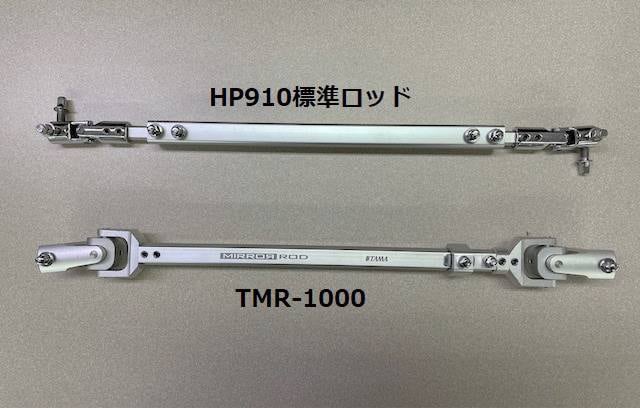
There are fewer screws needed to secure it, so setup and adjustments seem much easier. It weighs 290g, which doesn’t feel heavy at all. And the key selling point—the ball-bearing joints feel incredibly smooth. This fluid motion is really promising…!

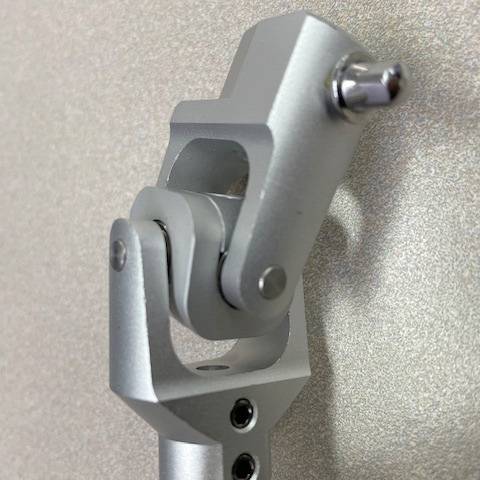
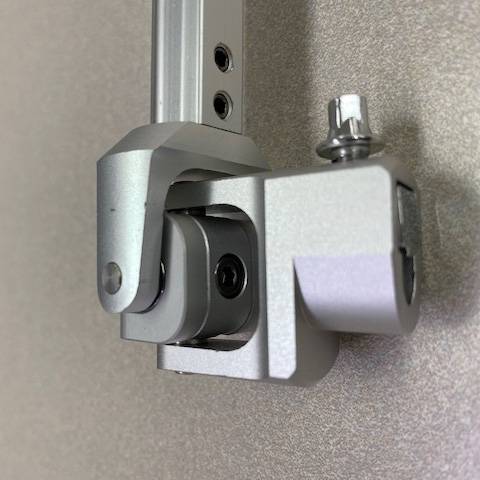
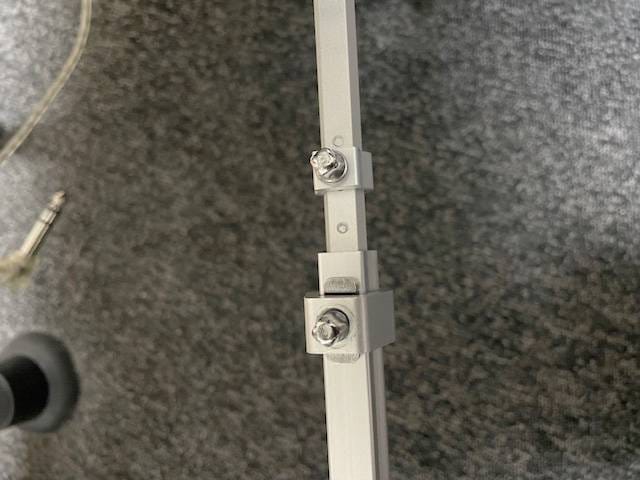
I actually installed both the standard rod and the TMR1000 on my Speed Cobra HP910 pedal and compared them.
■ Standard Rod
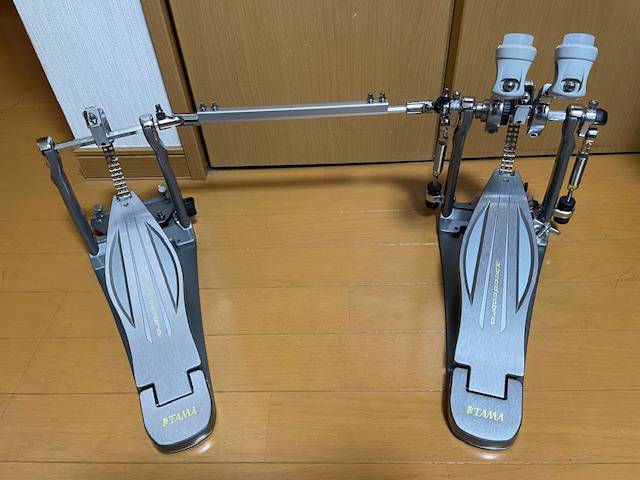
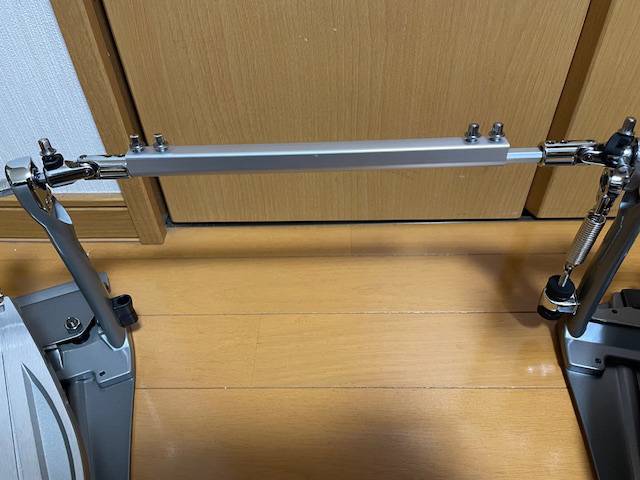
■ Switched to TMR1000
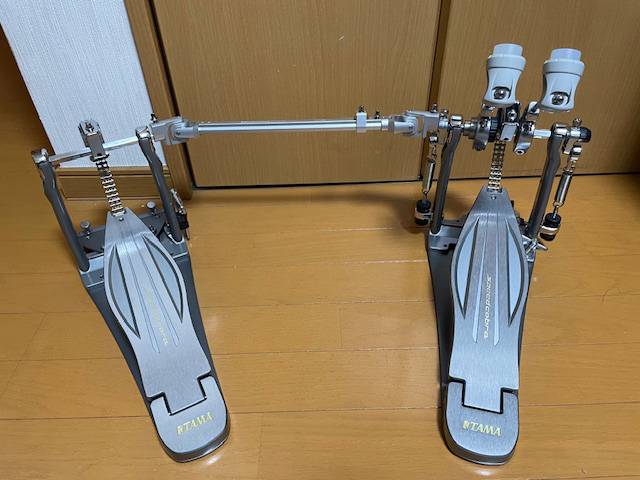
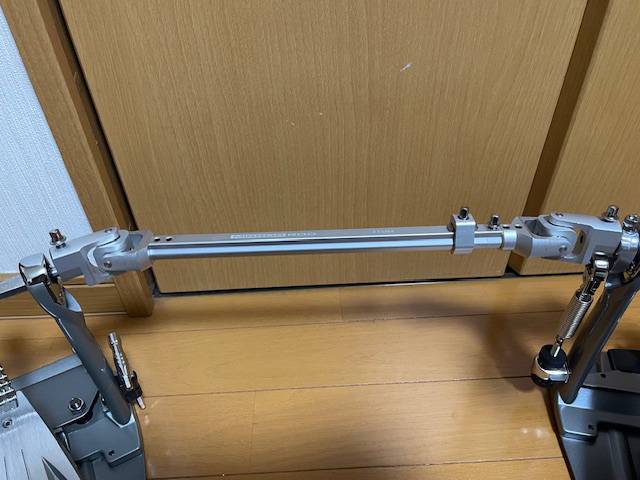
It’s hard to tell from pictures alone, but each joint on the TMR1000 uses just one screw for attachment, and adjusting the rod length also only requires one screw (the other screw is a memory lock). So when it comes to setup time, the TMR1000 is definitely faster!
When I pressed the pedals by hand, I didn’t feel any difference between the left and right sides. That’s a great sign! Next, I tried attaching it to my electronic drum kit at home.
■ Without snare stand
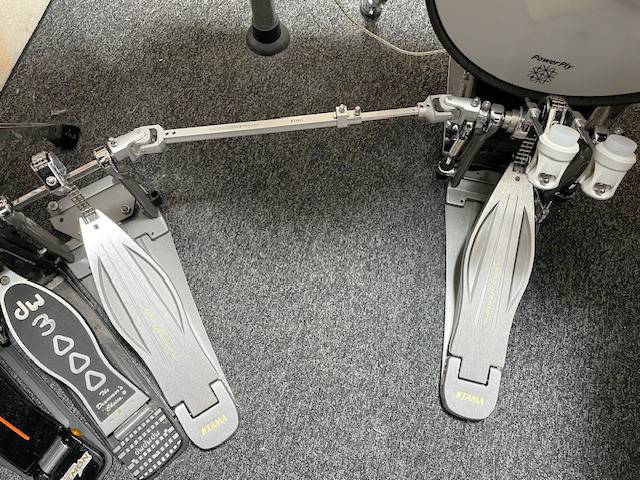
■ With snare stand in place
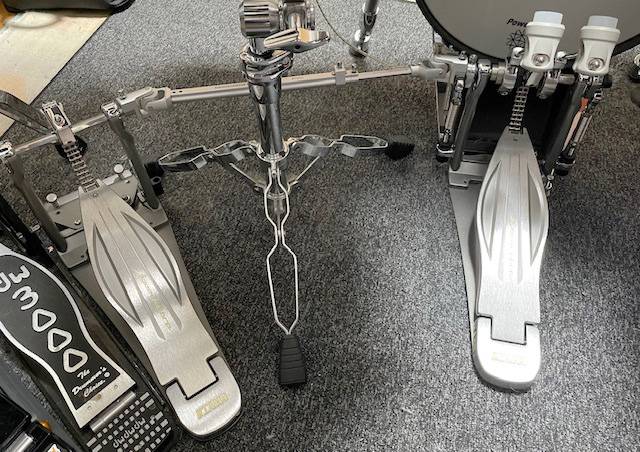
Since it’s the Speed Cobra, as I mentioned earlier, the initial action is light and the return is quick. Honestly, I didn’t think that I would notice that much of a difference with my left leg. And then I tried stepping on it...
“!?”
“It’s light!”
I couldn’t help but exclaim out loud in my house.
“Just one rod made this much of a difference!?”
And then, something that I hadn’t been able to do steadily until just yesterday—playing 16th notes at 130bpm—I was now able to keep up for 3 to 4 minutes without slowing down!!
It made me wonder what all my struggles had even been about until now...
This is amazing!
And I wish I had gotten it sooner (lol).
I decided to try it on another pedal as well, so I installed it on my DW5000.
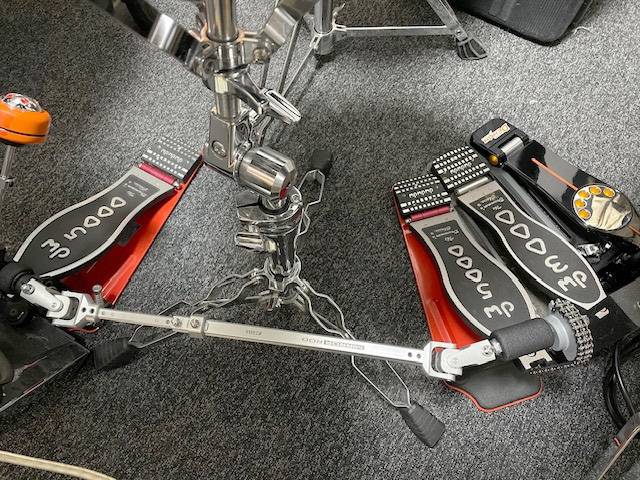
There were no issues at all with the installation.
And most importantly, the feel when stepping on it is also excellent.
I could barely feel any difference between the left and right sides.
I found myself thinking, "Ah, so that's why it's called 'Mirror Rod'!” and totally convinced myself.
With twin pedals, no matter what you do, you’re trying to move the beater using a pedal that's connected by a rod and set far apart—there’s always going to be some power loss. Even a small loss ends up becoming a big loss by the time it reaches the beater.
The fact that you can’t feel that loss—this might be an exaggeration, but honestly—this is revolutionary!!
Now, here’s a link to the Mirror Rod introduction video.
■ MIRROR ROD
What do you think of the TMR1000?
I highly recommend trying out the MIRROR ROD / TMR1000, which minimizes the loss between the left and right pedals as much as possible.
I really hope you'll experience this lightness for yourself!
(2025-04-14 published 2025-11-15 updated)





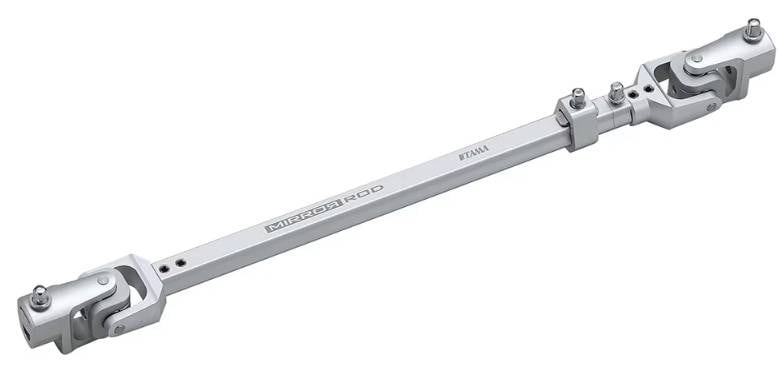
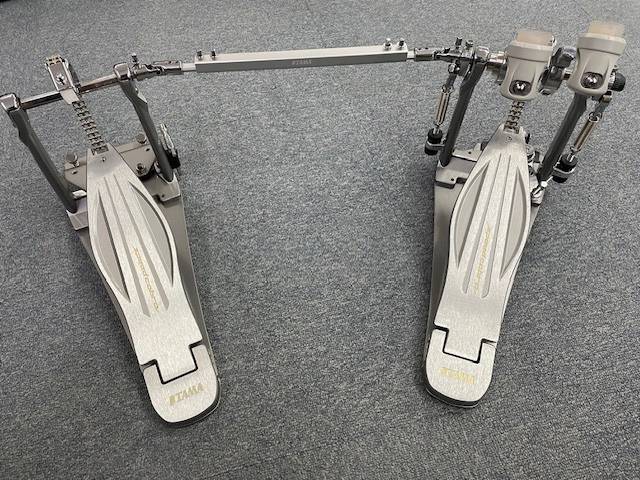

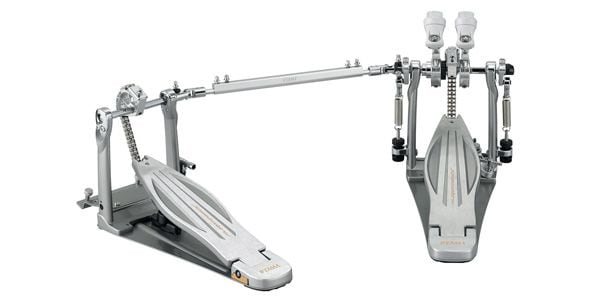
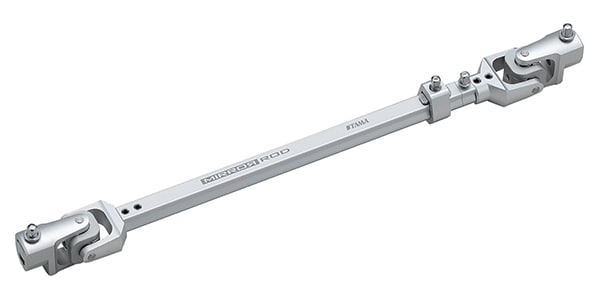

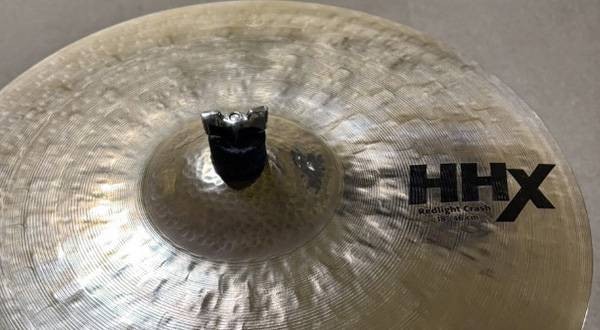

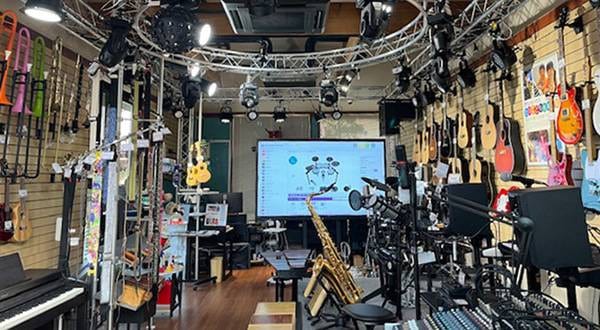
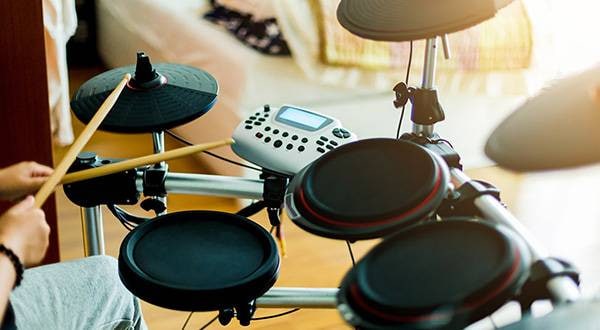
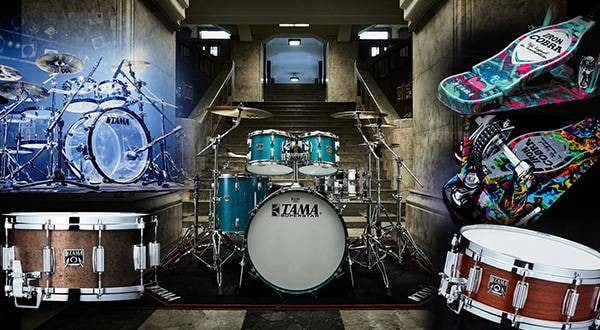
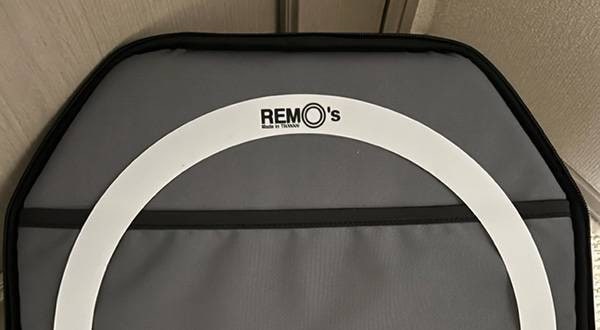
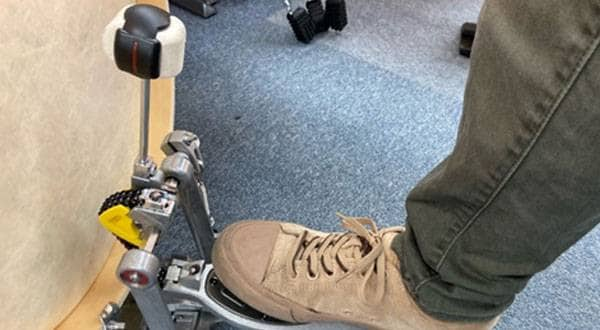
![スネアやキックペダルの運搬方法 [これなら電車乗りドラマーでも余裕!]](/contents/uploads/thumbs/5/2021/2/20210217_5_12311_1.jpg)
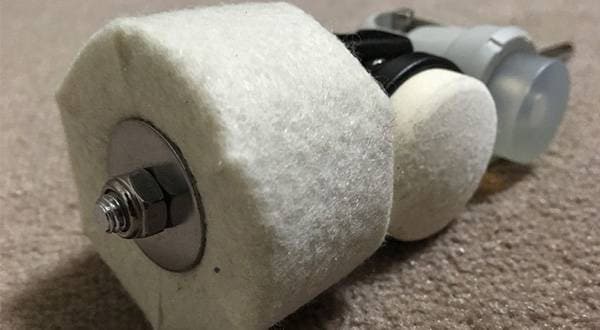
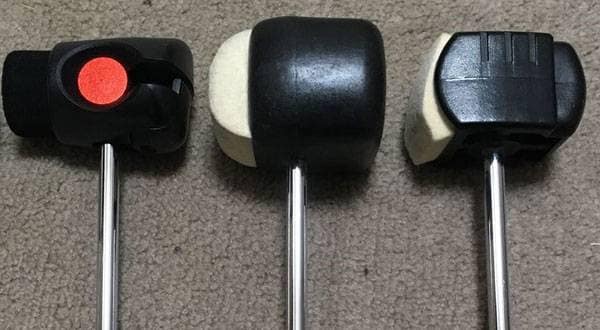
 Tossy先生直伝!ゼロから始めるドラム徹底攻略
Tossy先生直伝!ゼロから始めるドラム徹底攻略
 電子ドラムに必要なもの
電子ドラムに必要なもの
 ハイブリッドドラムとは?
ハイブリッドドラムとは?
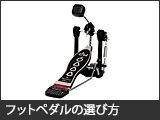 フットペダルの選び方
フットペダルの選び方
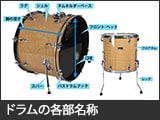 ドラムの各部名称
ドラムの各部名称
 基本的なドラムセット
基本的なドラムセット















